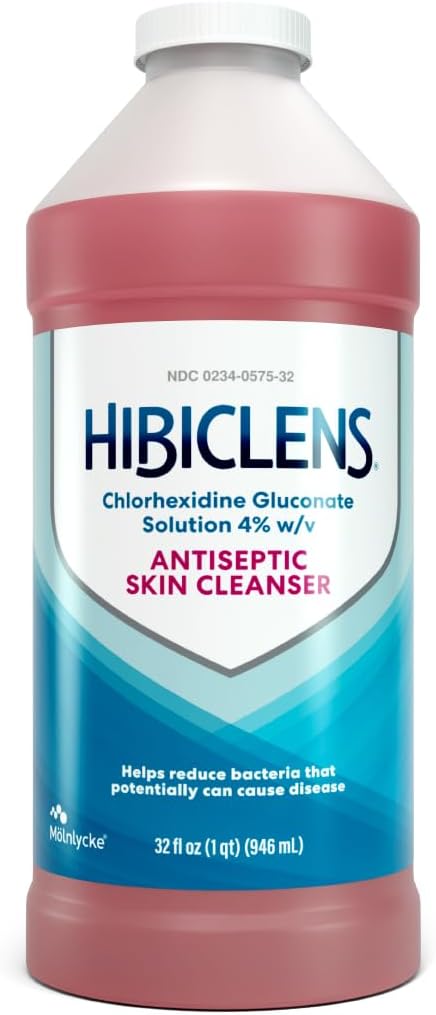Can You Shower With Stitches? The Complete Post-Op Care Guide
⚕️
Medical Disclaimer: This article is for informational purposes only and is not medical advice. Every surgery is different. Always follow the specific discharge instructions provided by your surgeon or doctor. If you see signs of infection (redness, pus, heat), seek medical attention immediately.
You have just come home from the hospital or urgent care. You are tired, you are sore, and frankly, you feel a bit grimy. All you want is to stand under a warm stream of water and wash the day away. But there is a line of nylon or silk thread holding your skin together, and you are terrified of ruining the surgeon’s handywork.
The question “can you shower with stitches?” is one of the most common post-operative queries. The fear is real: will the water dissolve them? Will soap cause an infection? Whether you are recovering from a minor cut or a major procedure (perhaps requiring a sturdy shower chair for stability), this guide covers everything you need to know about keeping your wound safe while getting clean.
The General Rule
Wait 24 to 48 hours. Most doctors recommend keeping the wound completely dry for the first 1 to 2 days to allow the skin edges to seal. After this window, showering is usually permitted (and even encouraged to keep the area clean), provided you do not soak or scrub the wound.
1. Know Your Stitches: It Matters
Not all sutures are created equal. Your showering rules depend heavily on what material is holding you together.
| Type |
Characteristics |
Showering Rule |
| Absorbable (Dissolvable) |
Made of biological material that breaks down over time. |
Usually safe to shower after 24 hours. Do not scrub; they are fragile. |
| Non-Absorbable (Nylon/Silk) |
Must be removed by a doctor after 7-14 days. |
Safe to shower after 48 hours. Tougher, but can snag on shower curtains or towels. |
| Steri-Strips (Butterfly Tape) |
Adhesive strips placed over the wound. |
Avoid soaking. If they get too wet, they peel off prematurely. |
| Surgical Staples |
Metal clips used for large wounds. |
Generally waterproof, but follow the 48-hour rule. |
2. How to Shower With Stitches: A Step-by-Step Guide
Showering with a fresh wound isn’t like your normal routine. You need to be strategic. If you are debating a night shower vs morning shower, choose the time when you are most alert and least likely to slip.
1
Prepare the Area
Remove any old bandages. If the dressing is stuck to the wound, do not rip it. You can let the water gently loosen it later. Ensure your shower doors are closed tight to keep heat in, so you don’t shiver (which hurts fresh incisions).
2
Control the Water Pressure
High pressure is the enemy. It can reopen wounds. Ideally, use a rainfall shower head for a gentle, gravity-fed flow. If you have a high-pressure jet, aim it away from the stitches.
3
Wash “Around,” Not “On”
Use a mild, fragrance-free antibacterial soap. Lather it in your hands and gently clean the area around the stitches. Let the soapy water run over the wound, but do not scrub it directly.
4
Pat Dry (The Most Important Step)
Moisture breeds bacteria. Gently pat the area completely dry with a clean paper towel or lint-free cloth. Do not rub. If you have squeegeed your shower glass, do the same mental check for your wound—leave no droplets behind.
3. The “Danger Zone”: What to Avoid
While a quick shower is fine, certain behaviors can lead to infection or dehiscence (wound reopening).
❌ No Baths or Pools
Submerging a wound allows bacteria-laden water to seep deep into the incision. Avoid bathtubs, hot tubs, pools, and lakes until the stitches are out. If you are wondering about swimming, read our guide on showering before or after swim—but for now, the answer is “no swim at all.”
❌ Avoid Steam Rooms
If you have a steam shower generator, keep it off. Steam can loosen the adhesive of Steri-Strips and soften the scab that forms over the wound, delaying healing.
❌ Avoid Scented Products
Standard body washes are loaded with perfumes that sting and irritate open skin. Stick to clinical or baby formulations.
Essential Gear for Post-Op Showering
Depending on where your stitches are, you might need extra protection to keep them dry. Here are top-rated solutions from Amazon.
Waterproof Cast/Wound Covers
Best for Extremities. If you have stitches on your arm or leg, don’t mess with trash bags and tape. These reusable silicone sleeves create a vacuum seal that is 100% watertight.
Check Price on Amazon
Hibiclens Antiseptic Skin Cleanser
Doctor Recommended. This is the pink soap surgeons use. It kills bacteria on contact and continues working for 24 hours. Essential for preventing post-op infections.
Check Price on Amazon
SparkPod Handheld Shower Wand
Control is Key. If you have stitches on your torso, a fixed head is risky. A handheld wand lets you wash your lower body while keeping your chest completely dry.
Check Price on Amazon
Special Considerations by Surgery Type
C-Section or Abdominal Surgery
The incision is in a fold of skin that stays moist. After showering, use a hair dryer on the “Cool” setting to completely dry the incision line. If you are prepping for this, check out our guide on baby shower prep (though the shower comes much later!).
Facial Stitches
Avoid letting the shower stream hit your face. Wash your face at the sink using a washcloth. Be careful if you are trying to protect eyelash extensions simultaneously—prioritize the wound!
Recovery and Sleep
Healing takes energy. A warm shower (not hot) can help relax you, but ensure you are getting enough rest. Good sleep hygiene is critical for tissue repair. For more on this, read about how a shower before bed can aid your recovery cycle.
Frequently Asked Questions
What if my stitches get wet accidentally?
Don’t panic. Gently pat them dry immediately with a clean towel. If they were covered by a dressing that got soaked, remove the wet dressing and apply a fresh, dry one.
Can I wash my hair with stitches in my head?
Usually after 48 hours, yes. Use baby shampoo and be very gentle. Do not use your fingernails to scrub the scalp. Rinse thoroughly to prevent soap buildup.
Is it safe to shower if I feel dizzy?
No. Post-surgery meds can cause vertigo. If you are asking why do I get dizzy in the shower, it’s likely the heat. Use a shower chair or have someone supervise you.
Can I shave over stitches?
Absolutely not. Wait until the stitches are removed and the scar is healed. See our guide: Shave Before or After Shower?
Conclusion
Can you shower with stitches? Yes, but proceed with caution. The “24-48 Hour Rule” is your baseline, but your doctor’s word is law. By keeping the water lukewarm, using gentle pressure, and ensuring the wound is bone-dry afterward, you can enjoy the refreshment of a shower without risking your recovery.
Remember, if you aren’t up for it physically, it is perfectly fine to rely on the benefits of not showering for a day or two. Your health comes first.
Disclaimer: As an Amazon Associate, ShowerBlog earns from qualifying purchases.







